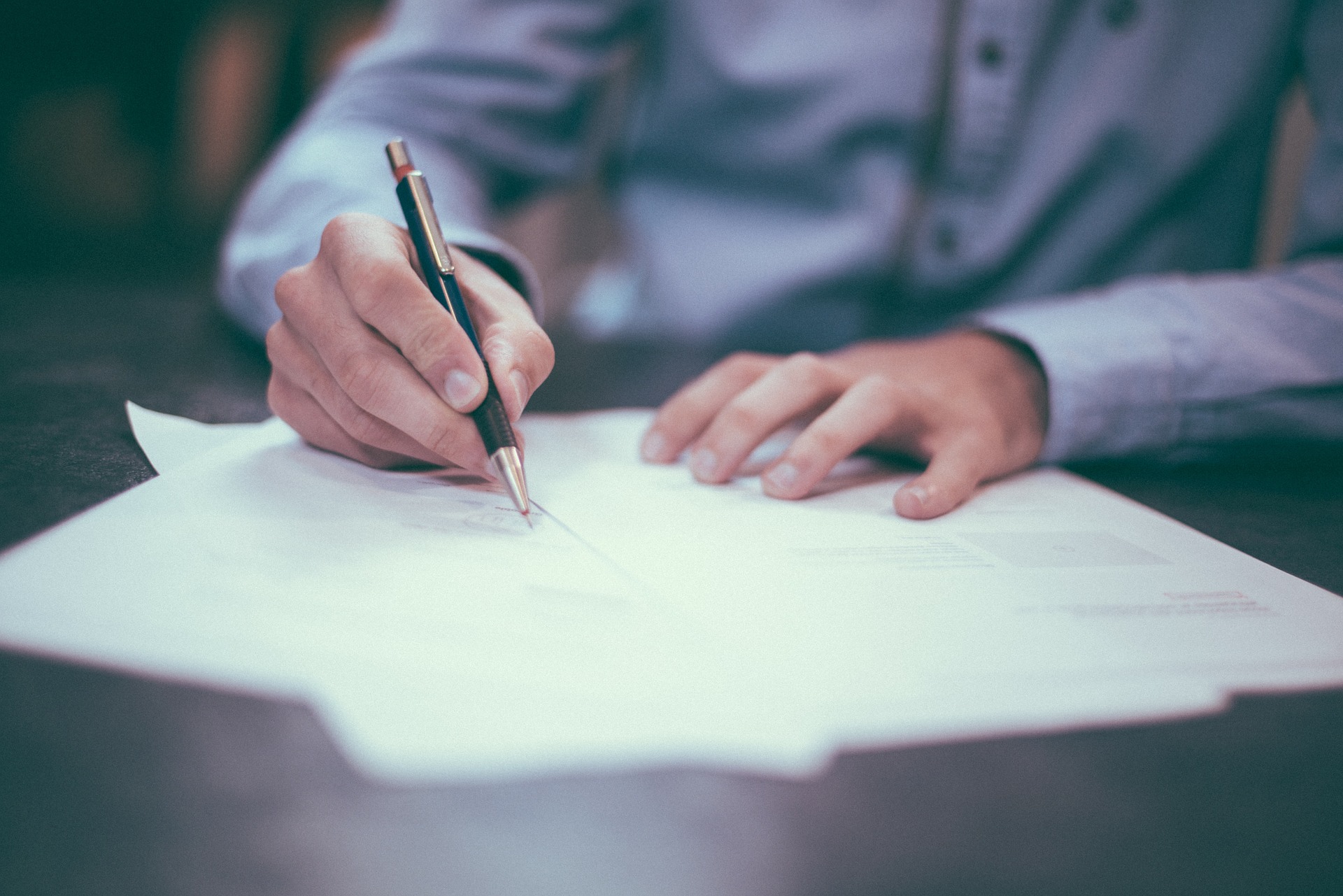Have you read a job description or completed an application form that asks you to ‘attach your CV and Cover Letter’ or to ‘insert any additional information with your application’, but you realise that you have nothing prepared?
Even if you are asked to only send your CV, always send a little blurb to bring forward achievements, results or proud moments in your personal, academic, voluntary or professional life to make you stand out.
What is a Cover Letter?
It is the first thing that employers or hiring managers read and is used to invite them to read your CV. This is a separate, one-page document that allows you to emphasise why you are suited to the role and demonstrates your VALUE.
Do I need a Cover Letter?
Ideally, yes. It is your opportunity to bring forward experiences that are related to the role or to showcase skills that you gained a long time. Unlike your CV, you can structure the cover letter in different ways. Use bullet points to break up content and attract the reader to specific examples throughout your career.
How to Write the Best Cover Letter
Cover Letters evolve and should be tweaked for every position you apply for. There are also many ways to present the information, but it should be no longer than one-page.
- Start with an introductory paragraph outlining what job you’re applying to, the company (if known) and a brief summary of your professional background to date.
- The second paragraph should highlight some skills that you can BRING to the role which relate directly to the job, or transferrable skills that will add VALUE. Reference your recent / current position if you wish to add more weight to your statements.
- Include at least four bullet points of some of your strengths / contributions made throughout your work history. These can be professional, personal, academic or voluntary. If you don’t have anything specific, generalise the bullets to highlight your abilities.
- Finish off with a final paragraph that talks more about you and your approach to work i.e. self-starter, good collaborator etc., and your excitement to undertake the new opportunity.
- Remain positive throughout your cover letter and keep the formatting consistent with the CV. Include your personal details at the very top, date the letter and always sign off.

